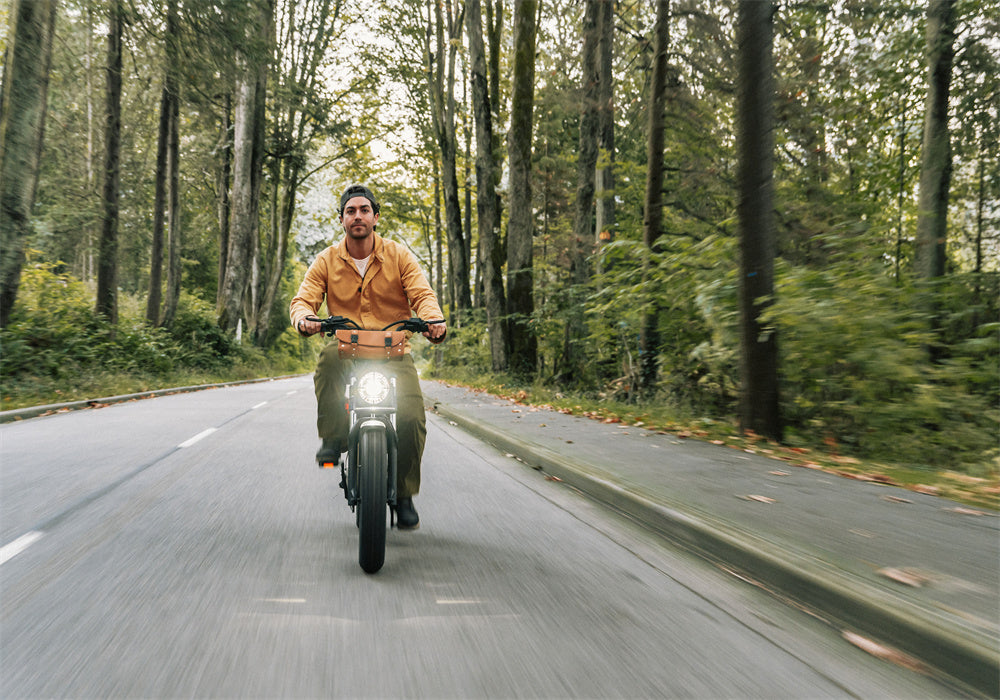How Mid-Drive Motors Use E-bike Gears for Cooler, More Efficient Riding
Discover how mid-drive e-bike motors use your bike's gears to improve efficiency, increase range, and prevent overheating for a better, cooler ride.
How to Apply for California's Ebike Incentive
Navigate the California ebike incentive program with ease. Learn about eligibility, benefits, and how to apply for your ebike voucher.
E-Bike Motor Stuttering After Overheating? Diagnosing and Fixing Thermal Gremlins
Understanding the potential causes from struggling Hall sensors and compromised wiring to protective controller actions and battery sag – and find fixes to stop jerky motor performance.
Everything You Need to Know About Your Ebike Frame
Unlock ebike performance! Learn all about ebike frame types, materials, geometry, motor integration & care. Your ultimate guide to choosing the best ebike.
Types of E-Bike Sensors: Everything You Need to Know for an Enhanced Ride
Explore the types of e-bike sensors: PAS, torque, speed, cadence, brake, throttle, battery, temperature, GPS, pressure, light, proximity, and more, to enhance safety, control, and performance.
EBike Noise: Identifying Sources and Solution
Identifies e-bike noise from motors, loose components, & drivetrain issues. Solve these annoying sounds with DIY maintenance, systematic tightening, lubrication & pro tips for a quiet ride.
E-Bike Battery Maintenance: What Every Rider Needs to Know
Maintain your e-bike battery by charging between 20–80%, storing it in moderate temperatures, and avoiding deep discharges to extend lifespan and performance.
How long do e-bike batteries last on one charge
E-bike range depends on assist level, terrain, weather, and habits. Ride steady, avoid extremes, and charge smart to extend battery life.
Top Mid-Drive eBike Conversion Kits: Your Easy Guide to Choosing the Best One
Find the best mid-drive eBike conversion kits for your needs. Choose from Bafang, Tongsheng, and CYC for power, ease of installation, and performance.
How Temperature Affects Your Electric Bike Battery
E-bike battery & temperature: Heat accelerates aging (avoid hot charging/storage). Cold reduces range (warm before charging). Ideal range: 15-25°C.
Electric Bike Frame Materials and Geometry
E-bike frames: Aluminum is light/stiff/affordable. Carbon is ultra-light/smooth/pricey. Steel is durable/comfy/heavy. Geometry affects handling & comfort.
Your Ebike Throttle Acting Up? Here's How to Check and Maybe Fix It Yourself!
Troubleshooting ebike twist throttle issues? Learn to check for loose wires, test voltage with a multimeter, and perform simple repairs. Get your ebike running smoothly again!
















